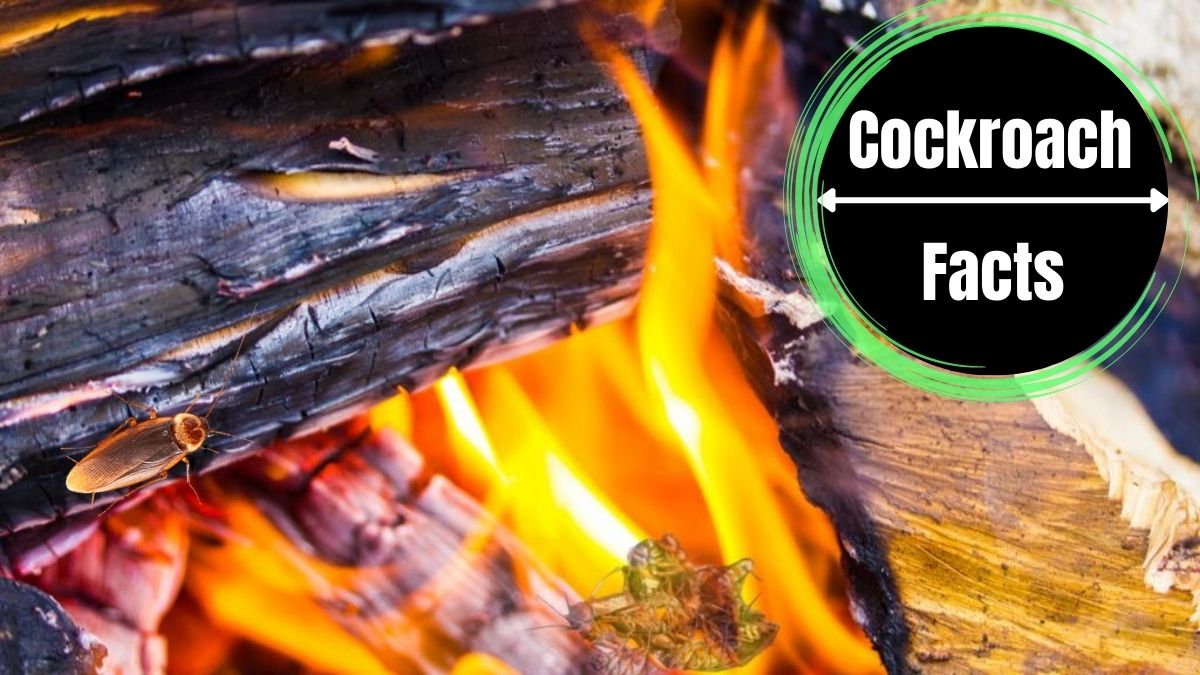Cockroaches are known for their resilience and adaptability, capable of surviving in various environments. However, when it comes to fire, the question arises: Can cockroaches survive extreme heat and flames? Let’s delve into the intriguing world of cockroaches and uncover the truth.
Cockroach Physical Attributes
Cockroaches possess unique physical characteristics that contribute to their ability to survive in challenging conditions. These attributes include:
Exoskeleton:
Cockroaches have a hard exoskeleton that acts as a protective shield against external threats. While it provides some resistance to heat and flames, it does not render them invulnerable.
Fast Reproduction:
Cockroaches have a high reproductive rate, allowing them to repopulate quickly after a disaster or fire.
Cockroach Behavior in Fire
When faced with a fire, cockroaches exhibit specific behaviors that enhance their chances of survival:
Phototaxis:
Cockroaches are negatively phototactic, meaning they are repelled by light. As a result, they tend to move away from the flames and seek darker areas to hide.
Heat Avoidance:
Cockroaches have a natural aversion to extreme heat. They will instinctively move away from high-temperature zones to protect themselves.
Flight Capability:
Some cockroach species possess limited flight capability, enabling them to escape danger zones more effectively. They can use their wings to flee to safety, especially in open areas.
Cockroach Fire Survival Limitations
While cockroaches exhibit certain survival behaviors, they are not impervious to fire. Several factors can limit their survival:
Direct Exposure:
Cockroaches can perish if directly exposed to intense heat or flames. Their exoskeleton provides some protection, but sustained exposure to extreme temperatures can prove fatal.
Oxygen Depletion:
Fires consume oxygen, leading to a lack of breathable air. Cockroaches, like other organisms, require oxygen to survive, so prolonged exposure to a fire can lead to asphyxiation.
Structural Damage:
Cockroaches often seek refuge in narrow crevices or cracks to escape threats. However, if a fire damages these hiding places or collapses structures, cockroaches may become trapped or injured.
Fire Prevention and Cockroach Control
To minimize the risk of cockroaches surviving in the event of a fire, it is crucial to prioritize fire prevention and effective pest control measures:
Fire Safety Measures:
Implement fire safety practices such as regular inspections, installation of smoke detectors, and fire extinguishers, and ensuring proper electrical wiring to minimize the risk of fire outbreaks.
Sealing Entry Points:
Cockroaches can enter buildings through small gaps and cracks. Seal all potential entry points to prevent their access and reduce the likelihood of infestations.
Sanitation and Hygiene:
Keep your surroundings clean, eliminate food sources, and maintain good sanitation practices. Cockroaches are attracted to food debris, moisture, and unclean environments.
Professional Pest Control:
If you suspect a cockroach infestation, contact professional pest control services. They have the expertise to identify infestation areas, eliminate cockroaches, and implement preventive measures.
Conclusion
Cockroaches are remarkably adaptable creatures, capable of surviving in various environments. While they exhibit specific behaviors and possess physical attributes that aid their survival, direct exposure to intense heat and flames can be detrimental to them. By implementing fire prevention measures and maintaining effective pest control, you can reduce the chances of cockroaches surviving in the event of a fire.

